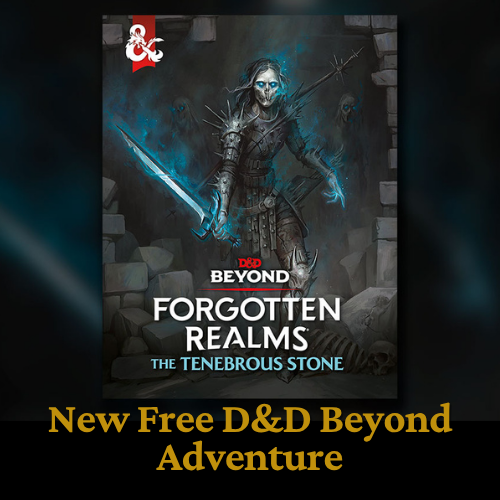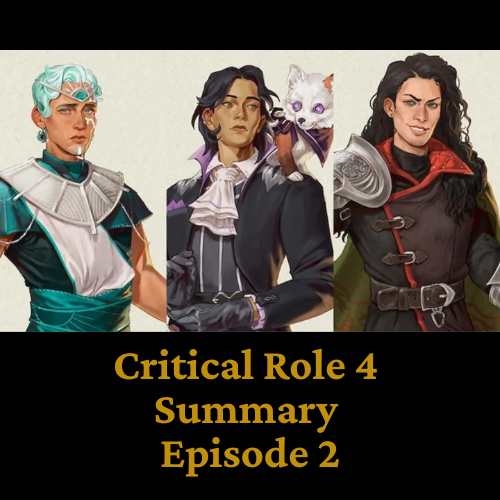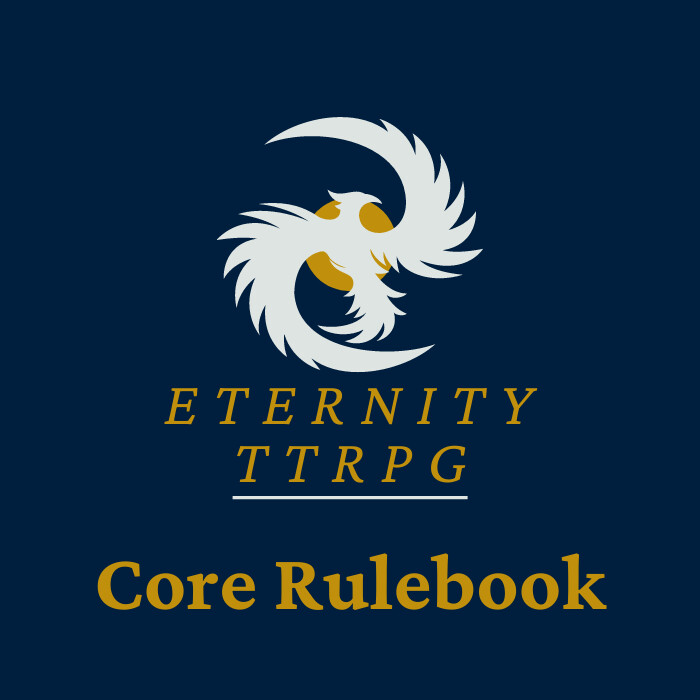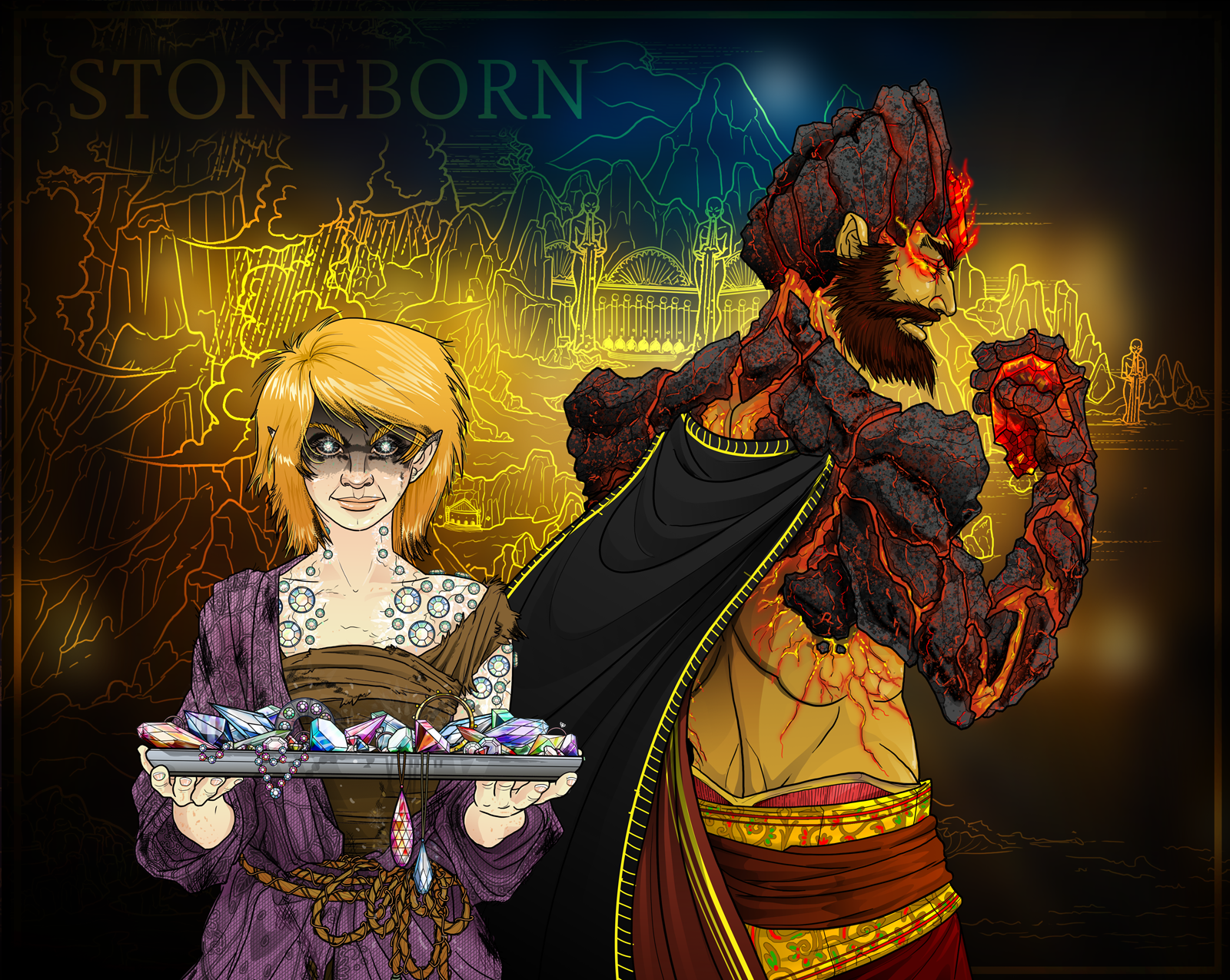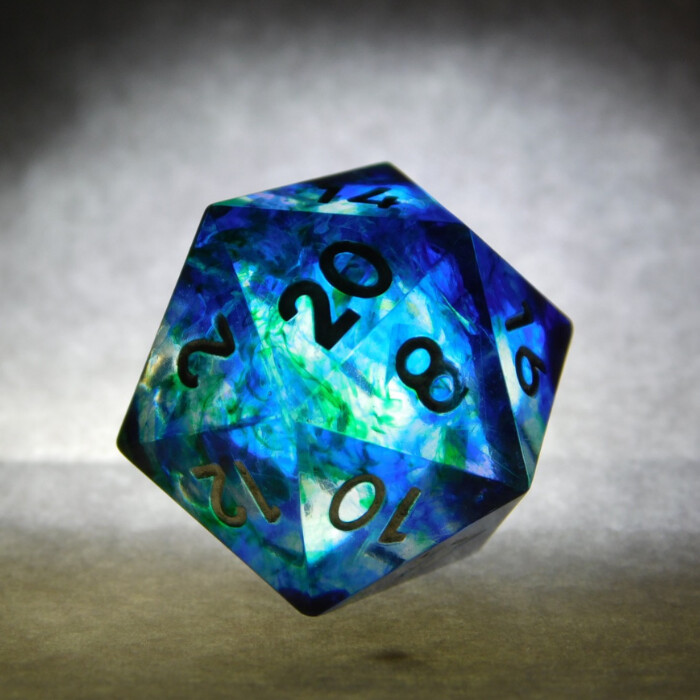By Jacob Tegtman
•
November 5, 2025
Transcribed content from our recent YouTube video: https://www.youtube.com/watch?v=6-EVzgJ_nSs Transcription It’s been a while, but welcome back to Eternity TTRPG. I’ve had a bit of a hiatus, but back to bringing you awesome news in the D&D space – this time, with quick summaries of the Critical Role 4 campaign thus far. Whether you’re a fan of Critical Role, or you’ve heard about it and you’re curious on what it’s all about, these summaries will be in the range of 5-10min, so you can hear what’s happening without the full time commitment of watching an episode. Additionally, stick around to the end, because I’m also pulling out a few tips from the Critical Role campaign — storytelling tricks, DM inspiration, and roleplaying ideas you can borrow for your upcoming game night to get the most magic from your adventures. So with that, today we jump into Episode 1 — The Fall of Thjazi Fang. The campaign opens in Dol-Makjar ( doll mak-JAR), in the land of Kahad [ KAH-had] (in the world of Aramán [AH-rah-man]). Thjazi Fang , a war hero of the Falconer’s Rebellion and former mercenary with the Torn Banner, is scheduled for execution by the Chamber of the Lords-Advisory. Arcane Marshal Azune Nayar (Ah-ZOO-nay NAY-ar) — once a comrade — inspects him for magical glyphs. He uncovers one on Thjazi’s back and secretly passes a message of hope. As Thjazi is led to the gallows, he speaks telepathically with his brother Halandil ( ha-LAN-dil) Fang “Hal” Fang , who is in the crowd. Thjazi sees something ominous in the sky, urgently tells Hal to “help Murray at the Penteveral, paint is waiting for Bolaire, tell Thimble not to be afraid,” and defiantly proclaims the coming fall of false authority — then is hanged. The crowd reacts with grief, shock, and political tension. After the execution, Hal readies a farramh (FAH-rahm) — an orcish custom for viewing the body — at his home, with his daughter Shadia ( SHAH-dee-uh), members of his theater troupe, and guests. Thaisha Lloy ( THAY-sha Loy), an orc druid, and Occtis Tachonis ( OK-tis ta-KO-nis), a human necromancer student, arrive early. Both had ties to the rescue attempt of Thjazi. Thaisha is ex-partner to Hal; they share a daughter Shadia and a son Alogar. Occtis is investigating his role in the failed plan to save Thjazi. Azune brings Thjazi’s body to the wake. Teor Pridesire (TEE-or pry-de-SEER) and Commander Loza Blade (former Torn Banner) honor Thjazi’s memory. Loza reminisces about Thjazi’s rise from common birth to rebellion. Wicander ( wi-KAN-dur HAL-o-var ) “Wick” Halovar and Aspirant Tyranny (uh-SPY-rant TYR-uh-nee) arrive as emissaries of House Halovar. Wick, a cleric devoted to the Candescent Creed ( kan-DES-sent kreed), brings Thjazi’s scimitar and laments that he couldn’t prevent the execution. Wick reveals he pleaded with his grandmother, Photarch Yanessa Halovar , to spare Thjazi — but was rebuffed. Tyranny, a demon in service to House Halovar, drinks at the funeral, teasing Wick, testing boundaries. Thaisha drunkenly explains that she and Hal fell in love in their youth, but she felt a pull toward the wider world beyond their small circle. Azune and Occtis piece together how the rescue chain broke. They head out to find Thimble , a fairy rogue and Thjazi’s close friend. In Thjazi’s apartment, ransacked, they find Thimble near death. Her memories flash back to Faerie, and she recalls the glyph she was supposed to deliver was interrupted. Kattigan Vale , a drunken ranger who recognizes Teor and Azune, joins them. He uses Clues to determine that 7 masked assailants entered, 3 were killed, crow feathers left behind, and the Stone of Nightsong was stolen from Thjazi’s safehouse. Thimble confirms: thieves attacked her as she tried to deliver the glyph. The wrong glyph was detected by Azune. The Stone of Nightsong is missing — someone betrayed Thjazi. Back at the wake / gathering place (the Rookery): Bolaire Lathalia , a warlock / curator, arrives to support Hal. Aranessa Royce ( uh-RAH-nes-sa ROYS), Thjazi’s grieving widow, enters with Sir Julien Davinos ( sir joo-LYEN duh-VEE-nos), the man who brought Thjazi to justice and perhaps bore much resentment. Julien taunts Thjazi’s memory, spits on his corpse, and clashes with Thaisha. Murray Mag’Nesson (dwarven wizard of the Penteveral) arrives, triggering a moment of distraction. Thaisha senses a shadow following Julien — the superstition of protection is broken; something dark has latched onto him. Wick chastises Tyranny for her drunken antics, but also gives Hal Thjazi’s scimitar. As night falls, Vaelus , an elven paladin (800 years old) and devotee of the dead goddess Sylandri, arrives. She demands the return of her property — the Stone of Nightsong, stating that Thjazi stole it. It’s revealed that the Stone was made by Sylandri to guide elven spirits through the underworld. Without it, the journey may be blocked. In an eerie moment, the silver box containing broken ceramic tiles flies open, forming a mask bearing uncanny resemblance to Bolaire’s face. Vaelus demands Thimble’s whereabouts. The implication: Julien or someone close to him is connected. The first episode ends with tension in the air: multiple factions now want the Stone, the betrayal is active, and the cast is drawn together by grief, mystery, and political intrigue. We’re left with a firm reminder of the world’s lore: the Shapers (gods) were killed 70 years ago, magic is unstable, and the Sundered Houses (Royce, Halovar, Tachonis [ta-KO-nis], Einfasen [INE-fa-sen], Cormoray) wield enormous power. The stakes are clear: retrieve the Stone. Unravel the betrayal. Discover who killed Thjazi — and why. “So what can we learn from The Fall of Thjazi Fang? First — start big. That opening execution isn’t just drama; it’s a crisis that instantly ties every character together. You don’t need a warm-up quest — drop your players into the fallout and let them claw their way through. Second — make it personal. Every hero at the table had a history with Thjazi. That’s why it hits so hard. When your next campaign begins, link each PC to the same event — a death, a secret, a shared failure. And finally — let failure stand. The rescue didn’t work, and that makes the story matter. When you let plans fall apart, the next victory your players earn will feel legendary. D&D heroes don’t always have to succeed. In fact, in many cases, the best stories come from failure or setbacks that shape the events to come. If you adopt just one thing for your next session, I’d say: start with a crisis tied to your players, and let every character have skin in the game from the first moment. If you’re feeling up to it though, combine that with selective reveals, emotional stakes, and the room to fail, and you’re halfway to a compelling campaign. And there you have it — a full dive into Episode 1 of Campaign 4: the execution, the betrayal, the stolen artifact, and the gathering storm. If you like this kind of breakdown, drop a comment with your favorite moment from Episode 1, or your take on how the Crow Keepers or Julien might be involved. Next time, we’ll recap Episode 2 — Broken Wing — and pull more DM and roleplaying lessons from it. Until then — let your dice fly, and may your stories be legendary.

